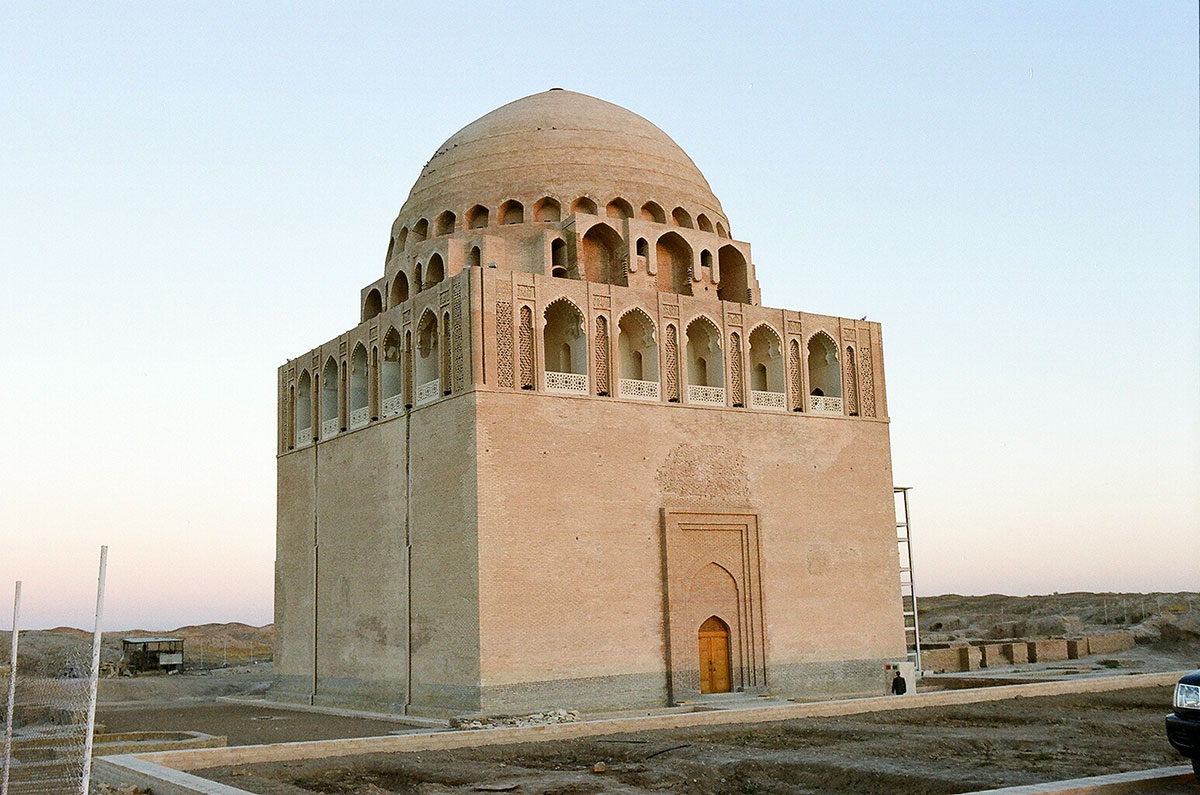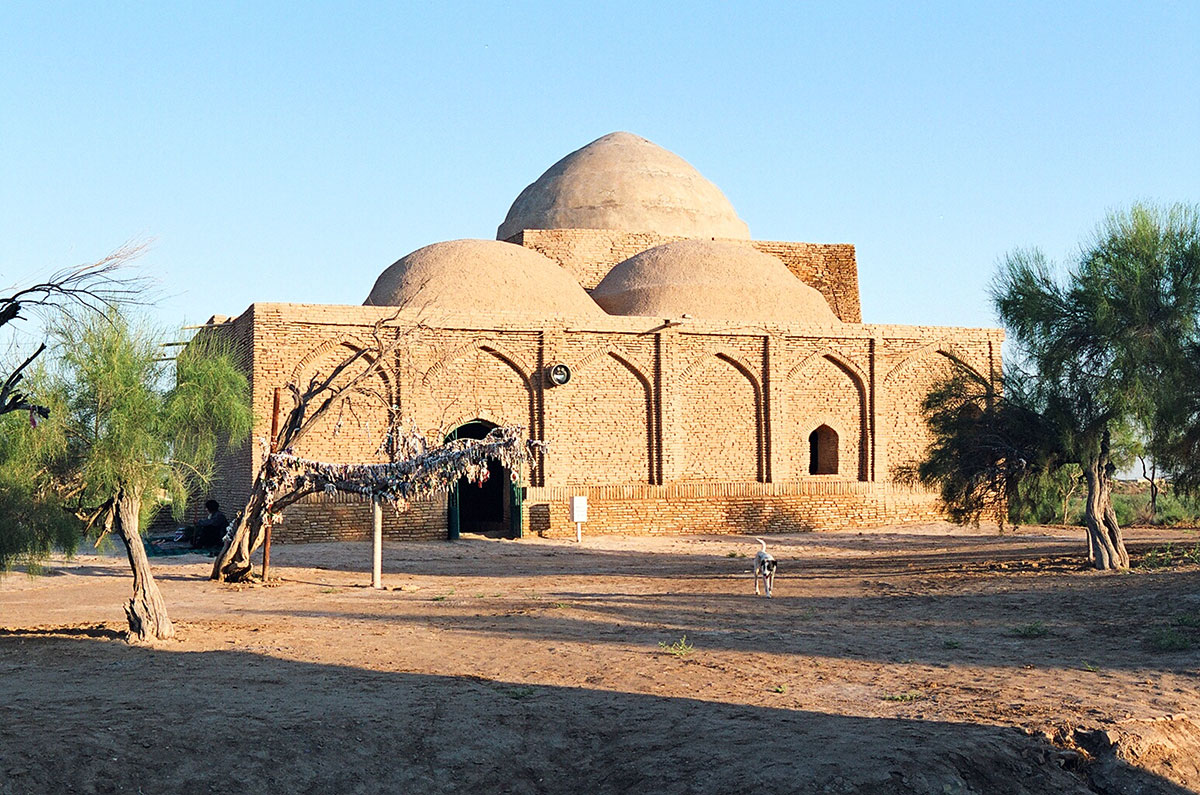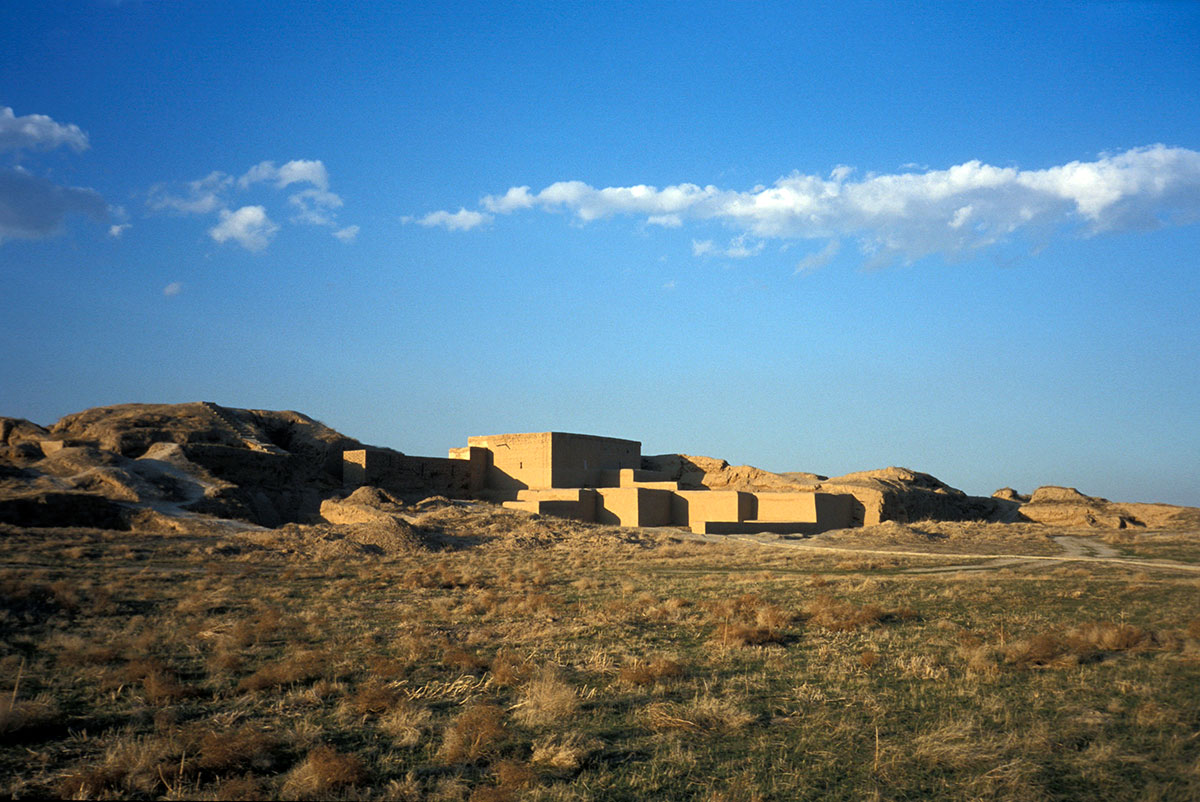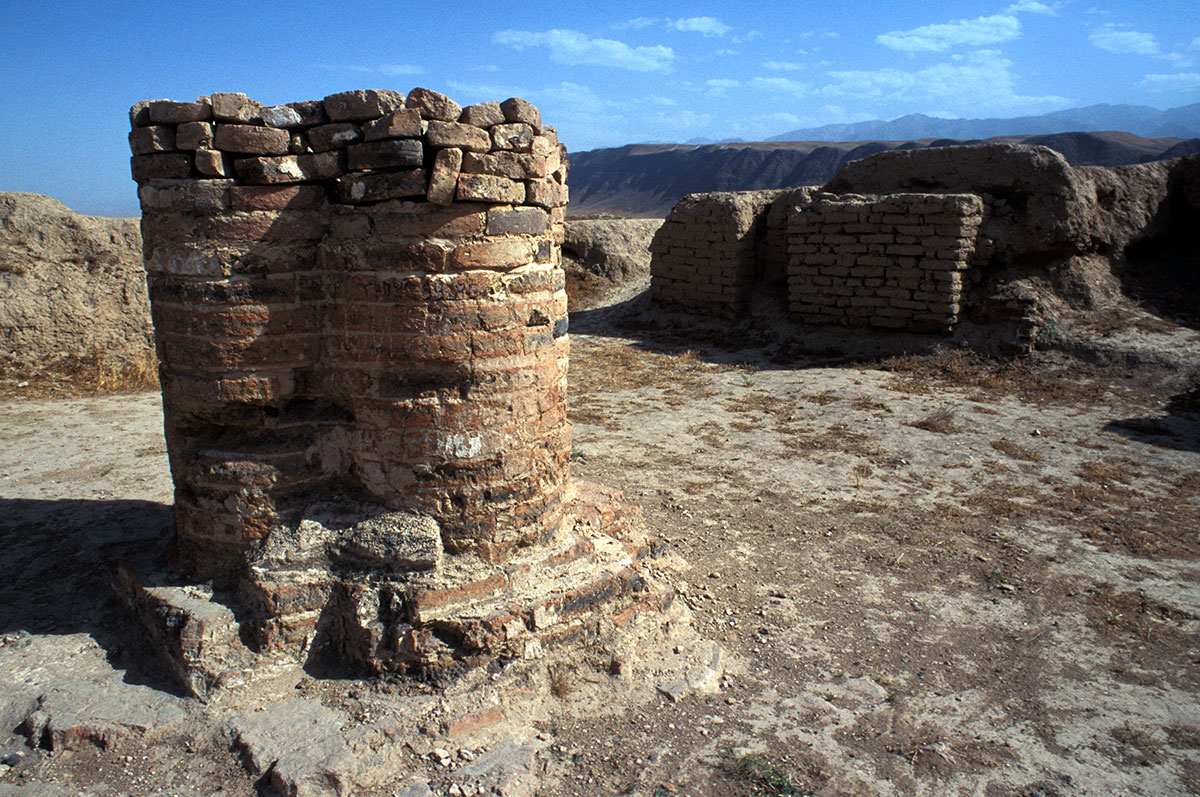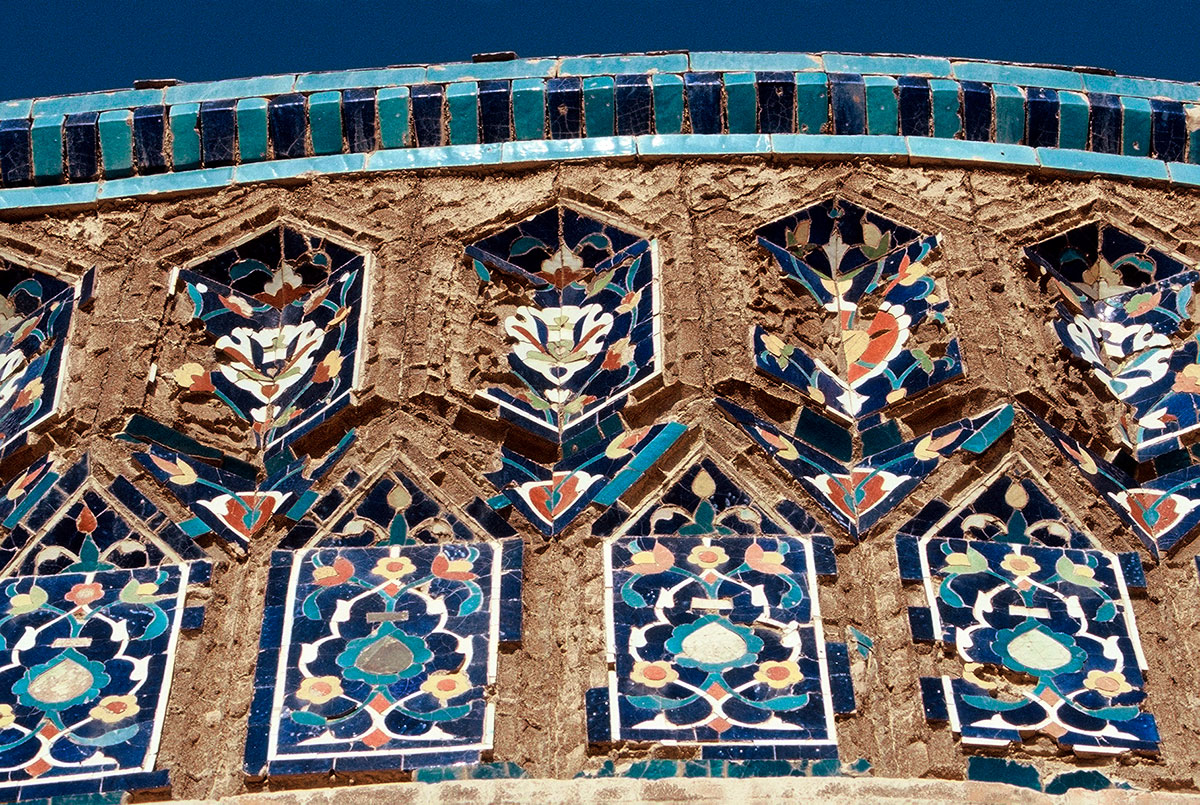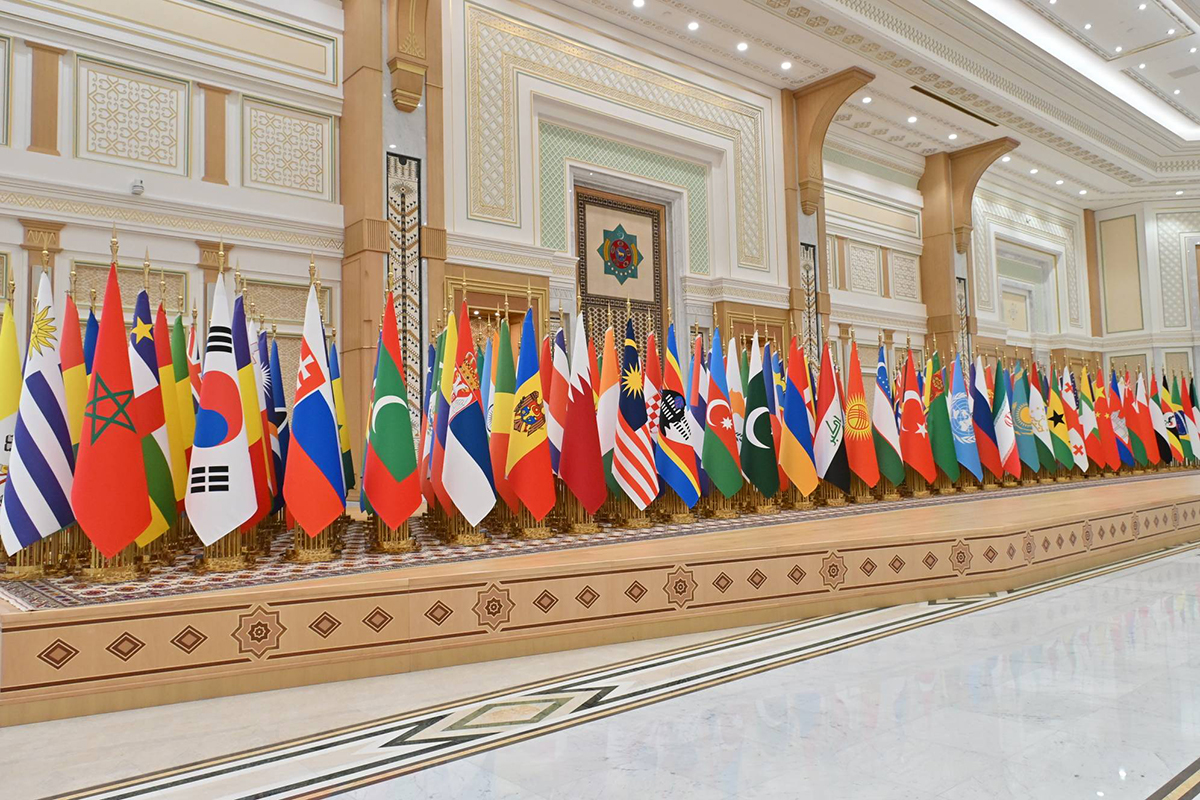April 18 became International Day for the Protection of Monuments and Sites in 1983 as a result of a decision taken by the Assembly of the International Council on Monuments and Sites (ICOMOS). For almost forty years now, this date has occupied an important place in the UNESCO calendar of holidays. One of the main tasks of the international activities of this organization is the protection of cultural monuments and natural landscapes for future generations.
Jemal Orazmyradova, Head of the Department of the National Administration of Turkmenistan for the Protection, Study and Restoration of Historical and Cultural Monuments, told the correspondent of the “Golden Age”about the great importance that Turkmenistan attaches to the protection of historical and cultural heritage.
To date, three outstanding monuments of the centuries-old history of the Turkmen people have been included in the World Heritage List. These are the historical and cultural reserves "Ancient Merv" (since 1999), "Konye-Urgench" (since 2005) and the Parthian fortresses of Nisa (since 2007). Their scientific and cultural significance goes far beyond national borders and is of global value to current and future generations. The issue of preserving the material historical and cultural heritage is one of the most important areas of state policy, because on the territory of Turkmenistan there are such ancient monuments of the first farmers in the world as the huge proto-city of Gonur-depe, Kara-depe, Namazga-depe, Altyn-depe, Jeytun and Anau. The rock paintings of Bezegli-dere, architectural complexes and individual buildings of the distant past in Abiverd, Sarahs, on the banks of the Amy Derya are known all over the world...
And this is not a complete list of objects of national pride and glory of Turkmenistan.
On April 8, 2022, the President of Turkmenistan Serdar Berdimuhamedov signed a Resolution approving the State Program for 2022-2028 for the careful preservation of objects of the National historical and cultural heritage, their protection and study, attracting tourists to them, as well as the Action Plan for its implementation. This program, which became a continuation of the successfully implemented program “On excavations in 2018-2021. on historical and cultural monuments located along the Great Silk Road, as well as scientific study and promotion of cultural heritage”, covers many of the most important issues of protection and study of historical and cultural heritage, as well as its promotion.
The adopted program also provides for the continuation of work on accounting and certification of objects of national historical and cultural heritage, including them in the State Register. These tasks are solved by the National Department of Turkmenistan for the Protection, Study and Restoration of Historical and Cultural Monuments. Currently, 1442 objects of history and culture are on the state register. Of the total number of monuments, approximately 80% are archeological monuments, about 20% - architecture and single historical monuments. The issues of their protection and ways to solve them are one of the most important tasks facing management specialists today.
Jemal Orazmyradova especially noted the preparation for the publication of a short information release of the State Register of National Historical and Cultural Heritage, which will reflect the full list of objects of historical and cultural heritage of Turkmenistan. The monuments included in the list will be divided according to the administrative-territorial location by velayats and etraps of Turkmenistan and listed in alphabetical order. The preparation of this document is the first step necessary for the emergence of a multi-volume "Vault of monuments of history and culture of Turkmenistan”. According to the Presidential Program, the first volume of the publication will be released by 2028.
Also, one of the tasks of the management is to create a digital database on the historical and cultural monuments of Turkmenistan, which will allow to reduce the volume of all information accumulated over decades into a single reference and analytical system that will be relevant both for further control over the state of monuments and for their scientific study.
Turkmen specialists have long and fruitfully cooperated with their foreign colleagues and leading centers in many countries of the world.
Several international archaeological complex expeditions operate in the country. The latest results of their research on cultural heritage are published in a beautifully illustrated scholarly volume published this year.




